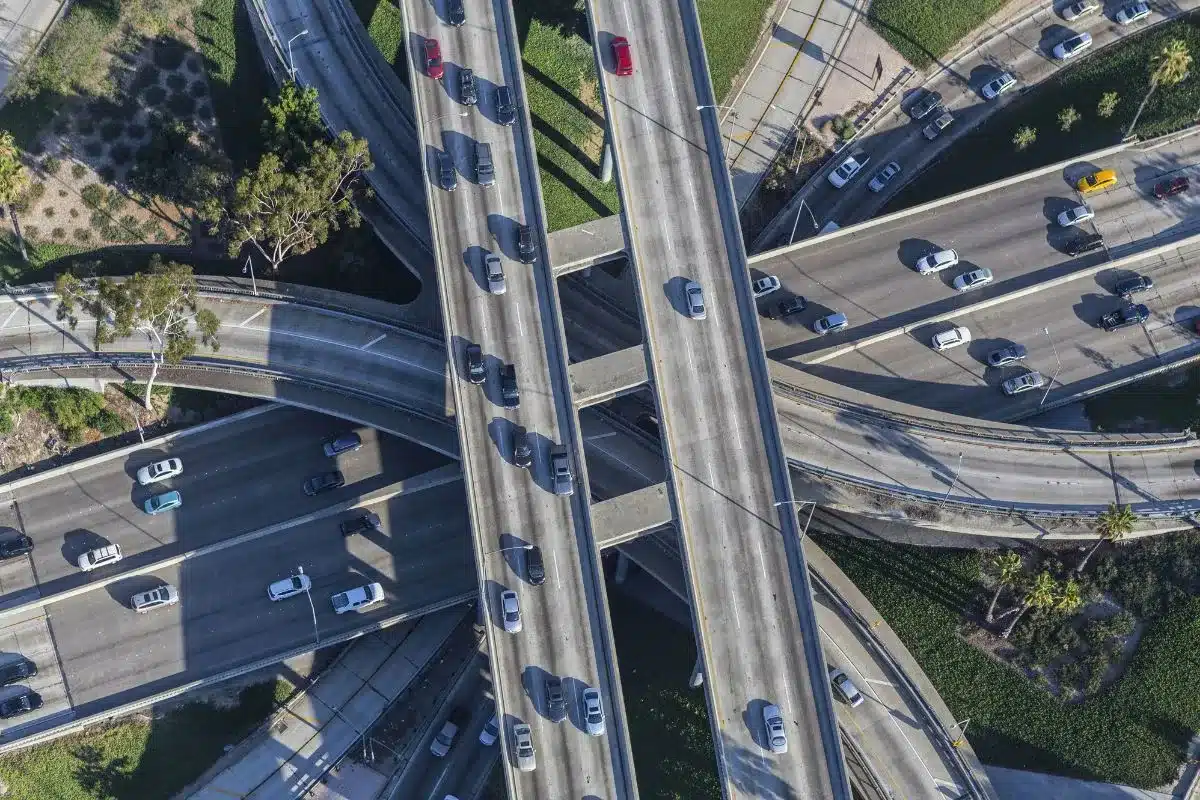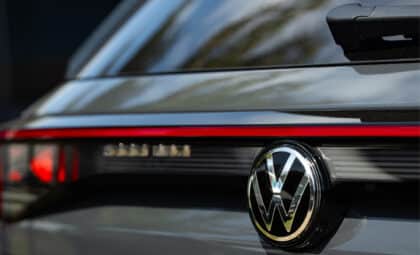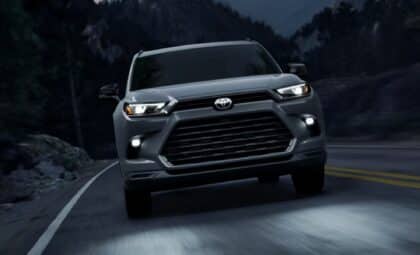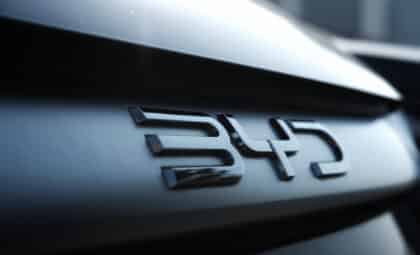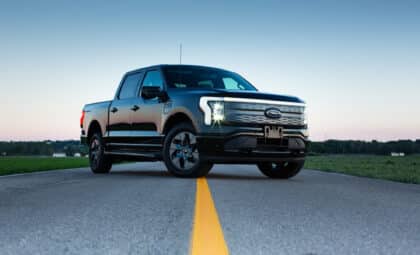Los Angeles is famous for its sprawling highways and never-ending traffic—it really shows how much America loves its cars. The city has built its reputation around getting around by automobile, and over the decades, that love for cars has not only shaped its streets but also the way people live here. Even as new efforts push for more public transit options, the car remains king in Los Angeles.
Los angeles and its love for cars
The city’s reputation as a car haven goes way back. Just over fifty years ago, the boom in automobiles led to a major transformation in how the city was planned and built. Roads and highways were laid out to handle a growing number of vehicles, which made the reliance on cars part of everyday life. Even though recent projects have tried to boost public transportation like high-speed trains and extended lines, driving still plays a huge role for most Angelenos.
This passion for motorized travel is clear when you look at the massive network of roads and interchanges that move millions of vehicles every day. One standout example is the Eugene A. Obregon Memorial Interchange, also known around town as the East Los Angeles Interchange.
An engineering wonder: the eugene a. obregon memorial interchange
Finding its home in Boyle Heights, this interchange links four major routes: Interstate 5 (I-5), Interstate 10 (I-10), U.S. Route 101 (US 101), and State Route 60. Planned and built starting back in 1961, this engineering feat covers an impressive 135 acres.
Building it was no small task. The project saw thirty-two bridges and twenty retaining walls come to life, required the excavation of 1,500,000 cubic yards of earth, to lay 23,545 feet of concrete pipe, poured a whopping 4,200,000 cubic yards of concrete, and used 13,200,000 pounds of reinforcing and structural steel throughout the construction.
Traffic flow and cultural vibes
According to KCRW in 2015, this interchange is the busiest in the world, handling about 2.4 million cars every single day. That kind of traffic shows just how important it is in keeping the city moving and hints at its standout role in local culture.
Over time, it’s picked up a bunch of nicknames like “Malfunction Junction,” “The Beast,” “L.A. Interchange,” “East Delay” Interchange—and even “Nickel/Dime.” These playful names highlight the daily struggles of commuters dealing with this intricate maze of roads and also point to the spot’s lasting impression on the local scene.
The human side: displacement during construction
Though it’s celebrated as an engineering marvel, building the interchange wasn’t free of hardship. Around 20,000 families had to leave their homes to make way for the project—a tough reminder that big developments often come with real sacrifices for local communities.
The story touches many lives. Mexican families were forced from their homes, Japanese residents were uprooted from their established neighborhoods, Jewish communities were scattered to different parts of the city, Italian families found themselves moved far from what they knew, and Black residents faced yet another displacement in a time already riddled with challenges against long-standing inequalities. Each group had to start fresh, finding new places to call home within the vast sprawl of Los Angeles.
Looking back at these intertwined stories shows how projects like these shape not just the landscape but also how people live and connect in a city like Los Angeles. This history reminds us to think about how future projects can try to balance growth with a bit more care for the folks who have to adjust to change day after day.

